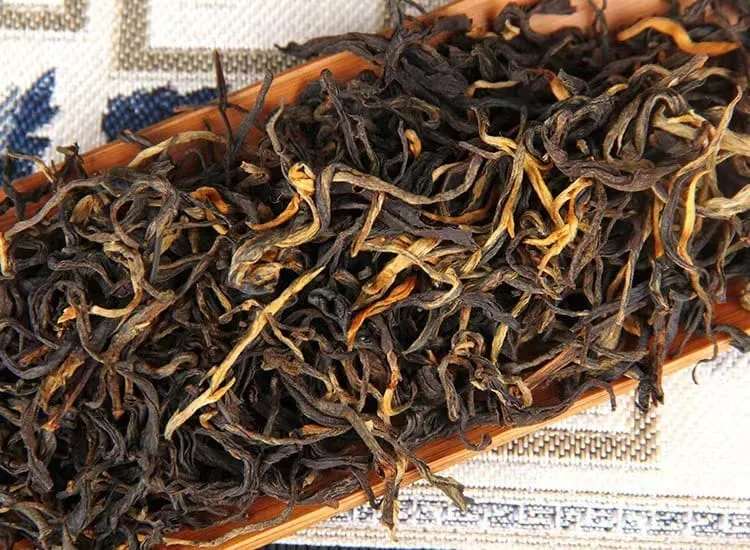
1. Research on the effects of Pu’er tea in lowering blood lipids indicates: 1) Both raw Pu’er tea and ripe Pu’er tea have a good lipid-lowering effect; 2) Both raw and ripe Pu’er tea have a protective effect on the endothelium of blood vessels. In summary: both raw and ripe Pu’er tea can prevent hyperlipidemia to a significant extent, and the effect of ripe Pu’er tea is noticeably stronger than that of raw Pu’er tea. This may be related to components contained in ripe Pu’er tea, such as theabrownins, tea polysaccharides, and flavonoids. At the same time, unlike drug treatment, using Pu’er tea to prevent and treat hyperlipidemia has fewer side effects.
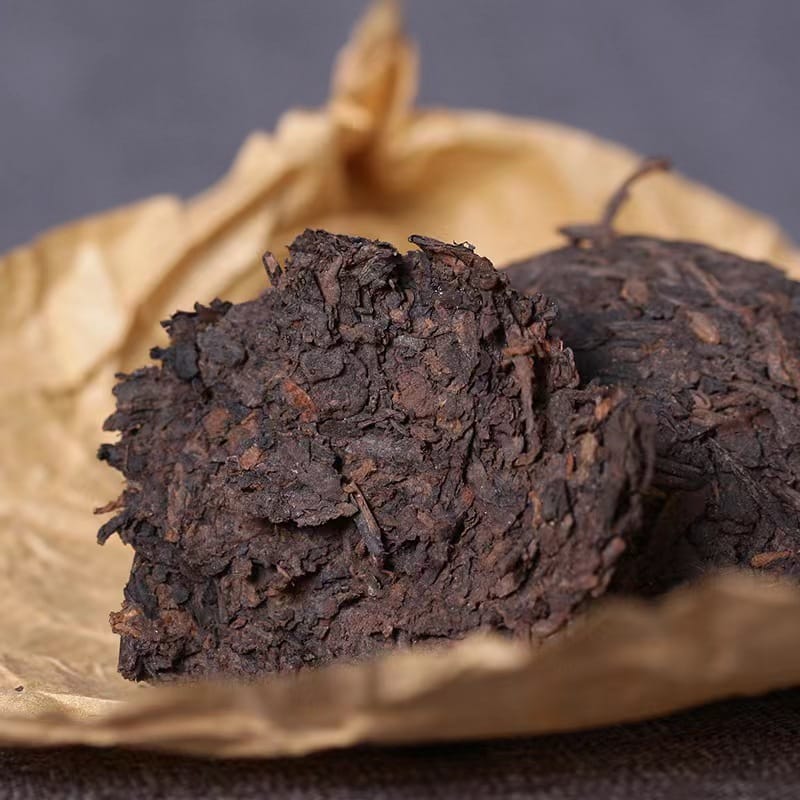
2. The anti-atherosclerosis effects of Pu’er tea are mainly reflected in the following five aspects: 1) Pu’er tea can reduce the body weight of experimental animals with atherosclerosis caused by genetic factors; 2) Pu’er tea can effectively regulate the blood lipid levels of experimental animals with atherosclerosis caused by genetic factors; 3) Pu’er tea can lower the atherosclerosis index (AI) of experimental mice with atherosclerosis caused by genetic factors; 4) Pu’er tea can reduce the risk of cardiovascular disease in experimental mice with atherosclerosis caused by genetic factors; 5) Pu’er tea can reduce the formation of plaques in experimental mice with atherosclerosis caused by genetic factors.
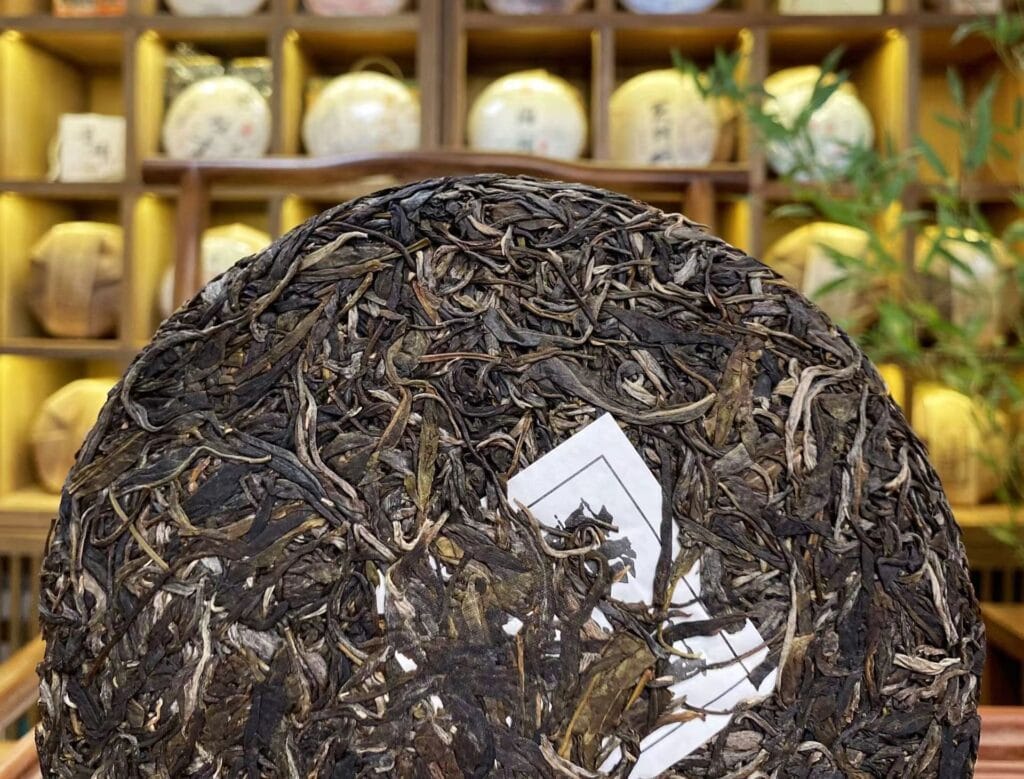
In summary, it can be concluded that Pu-erh tea has anti-atherosclerotic effects. 3. Experimental study on the hypoglycemic effects of Pu-erh tea in streptozotocin-induced diabetic mice:1) Pu-erh tea can reduce fasting and postprandial blood glucose in streptozotocin-induced diabetic mice.2) Pu-erh tea can also increase insulin levels in streptozotocin-induced diabetic mice.Hypoglycemic effects of Pu-erh tea on obese type II diabetic db/db mice:1) Pu-erh tea can lower blood glucose levels in type II diabetic model mice.2) Pu-erh tea does not alter insulin levels in type II diabetic model mice.3) Pu-erh tea can inhibit weight gain in type II diabetic mice.4) Pu-erh tea can improve type II diabetes-related indicators.5) Pu-erh tea can modify fat metabolism and regulate insulin receptor sensitivity in type II diabetic mice, thereby exerting blood glucose-lowering effects.Comprehensive experiments show that Pu-erh tea contains various catechins and polysaccharides, which have multiple effects such as anti-inflammation and antioxidation. Studies have shown that Pu-erh tea has lipid-lowering effects in type II diabetes but does not lower blood glucose in normal tissues. At the same time, Pu-erh tea can serve as an auxiliary health care measure for diabetes, increasing insulin content in type I diabetes, improving insulin receptor sensitivity in type II diabetes, and effectively regulating pathogenic factors, making it a valuable supportive approach.
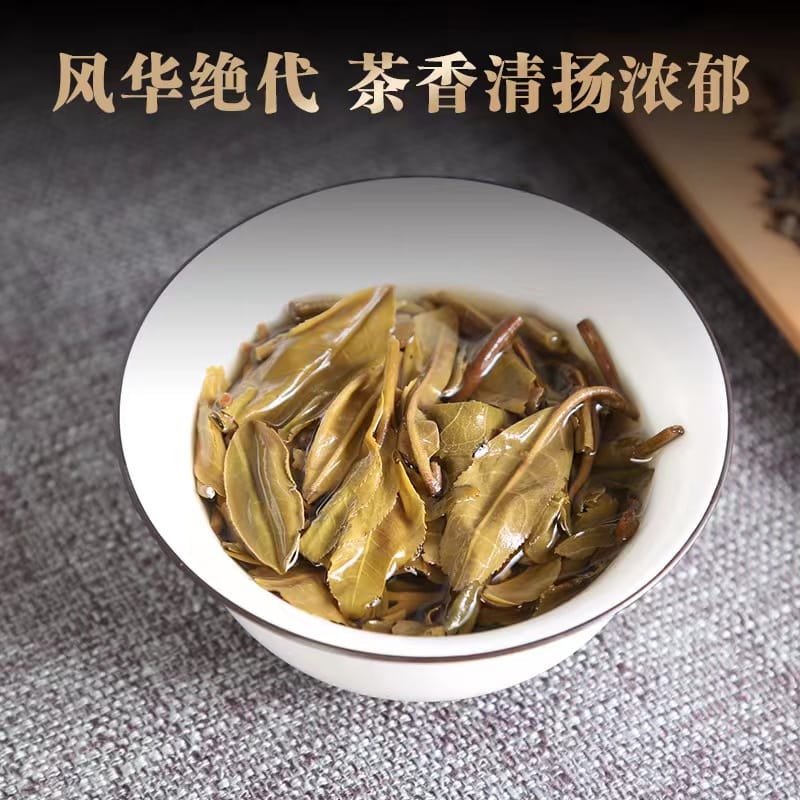
4. Study results on the weight loss effects of Pu’er tea on SD rat obesity models: Pu’er tea controlled the increase in body weight of experimental rats, reduced the weight of abdominal fat in obese rats, and decreased the size of fat cells. Evaluation and study results of the weight loss effects of Pu’er tea in preventing obesity in SD rats: 1) Pu’er tea can prevent weight gain in rats induced by high-fat diets. 2) Pu’er tea can prevent the accumulation of abdominal fat and the increase in fat cell volume in rats induced by high-fat diets. 3) Pu’er tea can prevent the elevation of blood lipid levels in rats induced by high-fat diets.
Comparative study of the weight loss effects of Pu’er tea, Tieguanyin, and black tea on obese rats:
1) Pu’er tea, Tieguanyin, black tea, and Xuezhikang can all effectively inhibit weight gain in obese rats, with ripe Pu’er tea showing the best effect.
2) Ripe Pu’er tea and Tieguanyin can reduce the weight of periorgan fat in obese model rats induced by high-fat diets, with ripe Pu’er tea being the most effective.
3) Ripe Pu’er tea and Tieguanyin can significantly prevent excessive accumulation of abdominal fat in obese rats.
Overall, experiments indicate that Pu’er tea, Tieguanyin, and black tea all have weight loss effects on obese model rats, with ripe tea being the most effective.
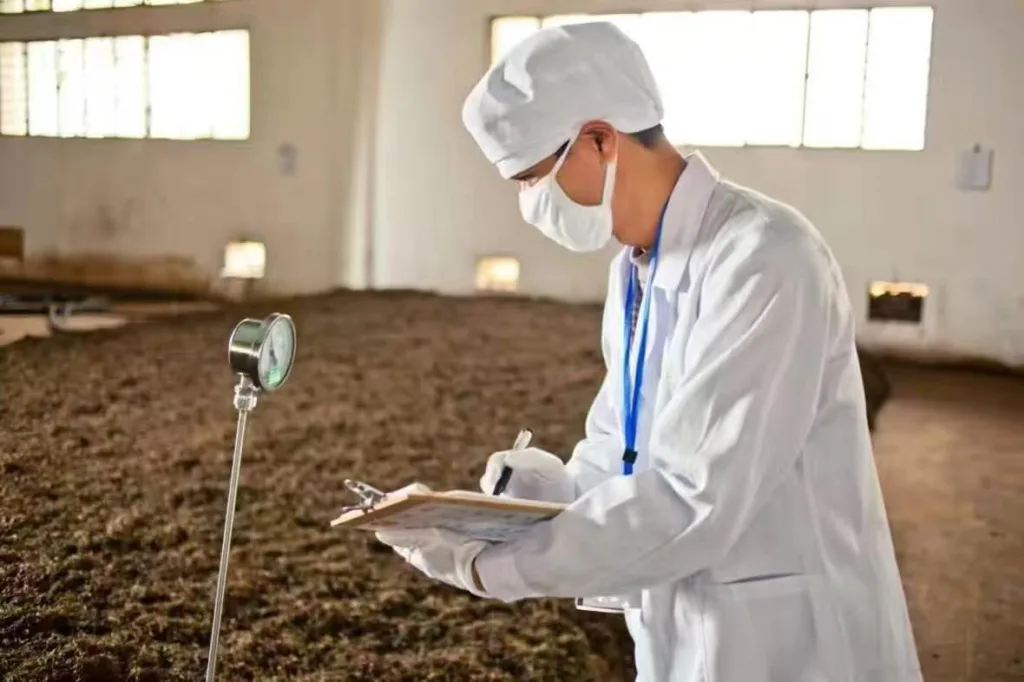
5. Results of Pu’er tea for the prevention and treatment of non-alcoholic fatty liver disease indicate that: From gross specimens and liver histopathology, Pu’er tea can significantly improve fatty degeneration in experimental rats. Pu’er tea also has protective effects in preventing alcoholic fatty liver. Experimental studies show: 1) Ripe Pu’er tea can protect rat cell membranes and mitochondrial membranes from alcohol-induced damage. 2) Pu’er tea can effectively inhibit lipid peroxidation in rats with alcoholic fatty liver, preventing oxidative damage caused by alcohol. 3) Ripe Pu’er tea can effectively suppress insulin resistance induced by alcoholic fatty liver. 4) Ripe Pu’er tea can effectively prevent the occurrence and progression of alcoholic fatty liver. 5) Ripe Pu’er tea can prevent or delay fatty degeneration of liver tissues in alcohol-exposed experimental rats. Research on the effects of ripe Pu’er tea, Tieguanyin, and black tea on the prevention and treatment of non-alcoholic fatty liver shows: 1) From gross specimens, both ripe Pu’er tea and Tieguanyin significantly improve fatty degeneration in experimental rats, with ripe Pu’er tea being the most effective. 2) Pathological tissue examinations show that both ripe Pu’er tea and Tieguanyin significantly improve fatty degeneration in experimental rats, again with ripe Pu’er tea being the most effective. 3) Ripe Pu’er tea, black tea, and Tieguanyin can effectively prevent the occurrence and progression of non-alcoholic fatty liver. Experimental results suggest that drinking Pu’er tea is a simple and practical way to prevent the onset and progression of fatty liver. 6. Study on the free radical scavenging effect of Pu’er tea shows: 1) Pu’er tea can enhance the body’s first line of endogenous antioxidant defense. 2) Pu’er tea can reduce the content of MDA, the end product of lipid peroxidation. The research results indicate that Pu’er tea can enhance antioxidant enzyme activity, reduce lipid peroxidation products, and prevent arteriosclerosis. It can serve as a natural, non-toxic health product or food ingredient with both lipid-lowering and antioxidant effects.
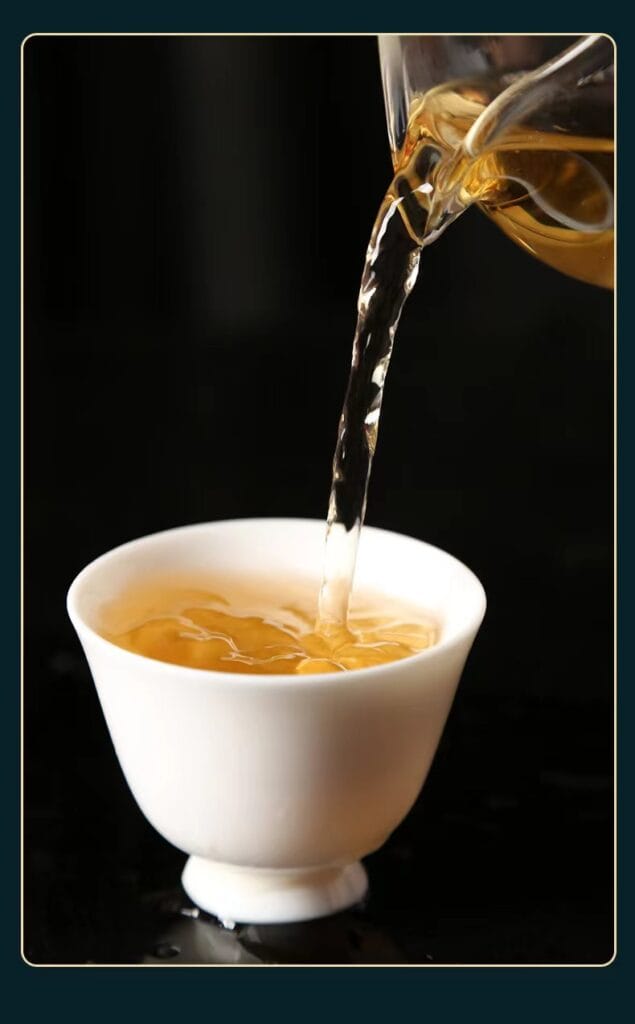
7. Comprehensive evaluation of Pu’er tea’s anti-radiation effects: 1) Pu’er tea can enhance the immune function of irradiated mice; 2) Pu’er tea can protect the hematopoietic system of irradiated mice from radiation damage; 3) Pu’er tea can reduce free radical damage caused by radiation in mice. Discussion on the anti-radiation effects of Pu’er tea: 1) Pu’er tea can increase the radiation sensitivity of cancer cells while reducing the radiation sensitivity of normal cells; 2) Pu’er tea can aggravate radiation damage in cancer cells while protecting the DNA of normal cells from damage. Experimental results indicate that Pu’er tea, as a safe and healthy beverage, has certain effects in protecting against low-dose, long-term radiation hazards in daily life. 8. Pu’er tea has hypoxia tolerance effects. Experimental findings: 1) Ripe Pu’er tea can extend the survival time of experimental mice in a sealed container; 2) Pu’er tea does not affect the survival time of mice suffering from nitrite poisoning; 3) Pu’er tea does not affect the survival time of mice in acute cerebral ischemia-hypoxia experiments; 4) Ripe Pu’er tea can alleviate brain edema in mice caused by hypoxia; 5) Pu’er tea can effectively improve the antioxidant capacity of brain tissues in acutely hypoxic mice; 6) Pu’er tea has a significant ameliorative effect on swelling of hippocampal cells in mice with hypoxic-ischemic brain injury. Experimental results indicate that the tested ripe Pu’er tea, raw Pu’er tea, and green tea do not have hypoxia tolerance functions, but the tested Pu’er tea can alleviate brain edema in mice caused by hypoxia.

9. Research on Pu’er tea’s anti-fatigue effects shows: 1) Pu’er tea can enhance the endurance of experimental mice; 2) Pu’er tea can delay the onset of fatigue and improve the body’s adaptability to stress; 3) Pu’er tea can provide better energy reserves for physical activity. Experimental results indicate that Pu’er tea has strong internal and external antioxidant activity, significantly improves the activity of enzymes in the body’s antioxidant system, enhances antioxidant defense capacity, removes free radicals in the body, prevents lipid peroxidation in cell membranes, and effectively prevents free radical damage in animal cells.10. Experimental studies on Pu’er tea’s anti-immunosenescence effects: 1) Pu’er tea can increase the ‘arsenal’ of anti-infection defenses in aged mice; 2) Pu’er tea can ‘eliminate the old and introduce the new,’ renewing the ‘ammunition’ for anti-infection defenses in aged mice; 3) Pu’er tea can improve the quality of the anti-infection ‘ammunition’ in aged mice; 4) Pu’er tea can increase the number of ‘security monitoring forces’—natural killer (NK) cells—in aged mice; 5) Pu’er tea can inhibit damage caused by excessive immune responses in aged mice; 6) Pu’er tea can suppress latent damage caused by immune responses—’inflammation.’ Experimental results indicate that Pu’er tea contains many anti-oxidative stress compounds, such as various polyphenols, which have been proven effective in combating aging-related oxidative stress. Additionally, Pu’er tea contains many polysaccharides, which have been shown to stimulate lymphocyte proliferation in the body. Moreover, Pu’er tea contains anti-inflammatory compounds, such as flavonoids and cycloartane-type triterpenes, which have strong anti-inflammatory effects and are particularly suitable for addressing latent inflammation in the elderly.
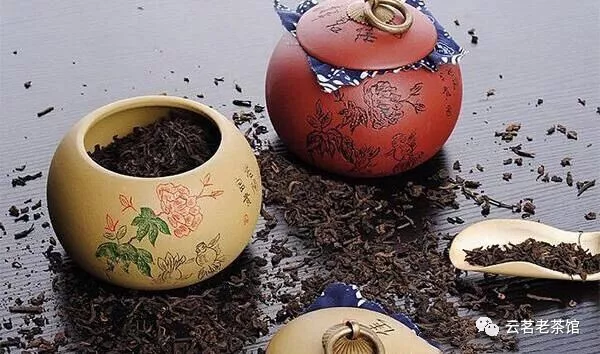
11. Research results on the anti-aging and oxidative stress effects of Pu’er tea show: 1) Pu’er tea can eliminate the ‘garbage’ malondialdehyde in the heart, liver, and brain tissues of aging mice; 2) Pu’er tea can enhance the activity of endogenous ‘scavengers’ of free radicals in the heart, liver, and brain tissues of aging mice; 3) Pu’er tea has the effect of strengthening the body’s multiple anti-damage defenses; 4) Pu’er tea extracts can remove harmful ‘garbage’ from the vascular walls of elderly organisms. Overall experimental results indicate that Pu’er tea has antioxidant and anti-stress effects. 12. Research on the effects of Pu’er tea on cholesterol absorption shows that Pu’er tea can inhibit intestinal absorption of cholesterol while increasing cholesterol content in feces. Experimental studies on cholesterol synthesis indicate: 1) Pu’er tea extracts can significantly inhibit cholesterol synthesis activity in HepG2 cells; 2) Pu’er tea may reduce plasma cholesterol by inhibiting the expression or production of cholesterol-synthesizing enzymes in liver cells. Experimental results demonstrate that Pu’er tea can inhibit cholesterol absorption in the intestinal mucosa and cholesterol synthesis in the liver, making it a truly effective and safe treatment method.13. Studies on the effects of Pu’er tea on free calcium metabolism and bone density indicate: 1) Pu’er tea does not affect the amount of calcium ions obtained from food in experimental rats; 2) Pu’er tea does not lower the calcium ion content in the serum of long-term tea-drinking rats; 3) Pu’er tea does not promote excretion of calcium ions from the body via feces in experimental rats; 4) Pu’er tea does not reduce calcium absorption in long-term tea-drinking rats; 5) Pu’er tea does not lower the bone density of the femur in long-term tea-drinking rats. The experimental results indicate that long-term consumption of Pu’er tea does not promote the loss of calcium and phosphorus in experimental rats, nor does it reduce bone density or lead to osteoporosis.
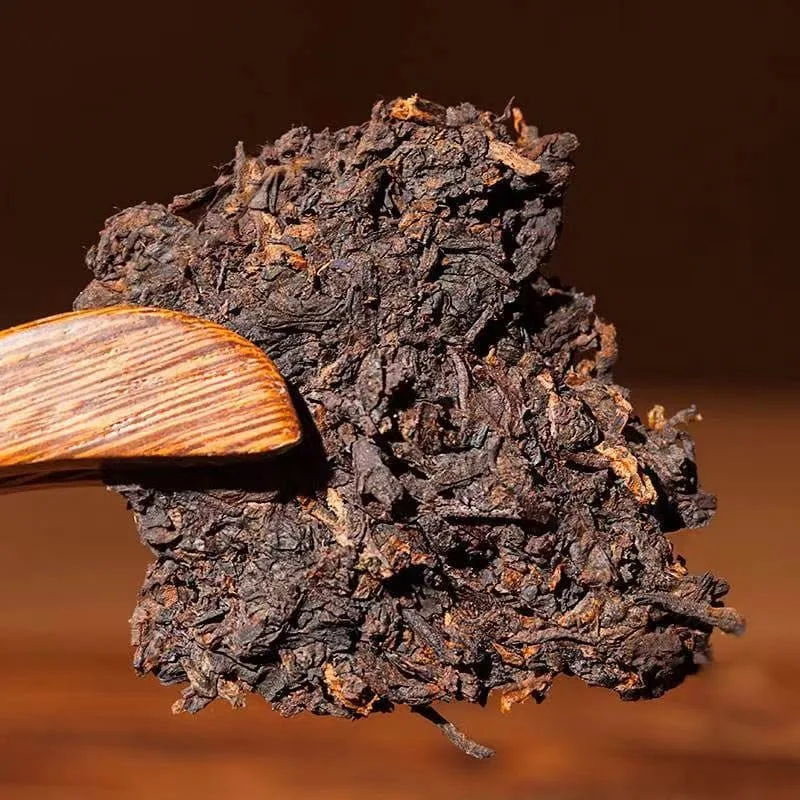
AYM Pu’er
Black Tea Puerh Tea is harvested directly from the source, supplied directly from the tea plant to Europe, simple, easy to store and easier to brew.Coffee lovers will love YM’s tea!




